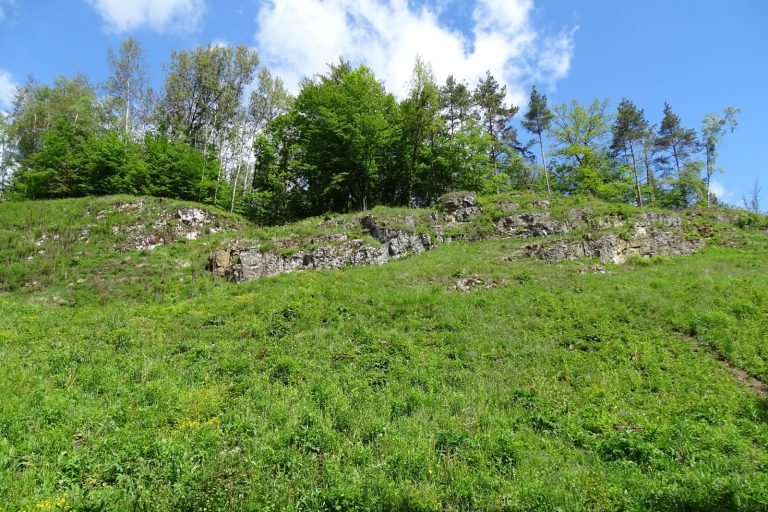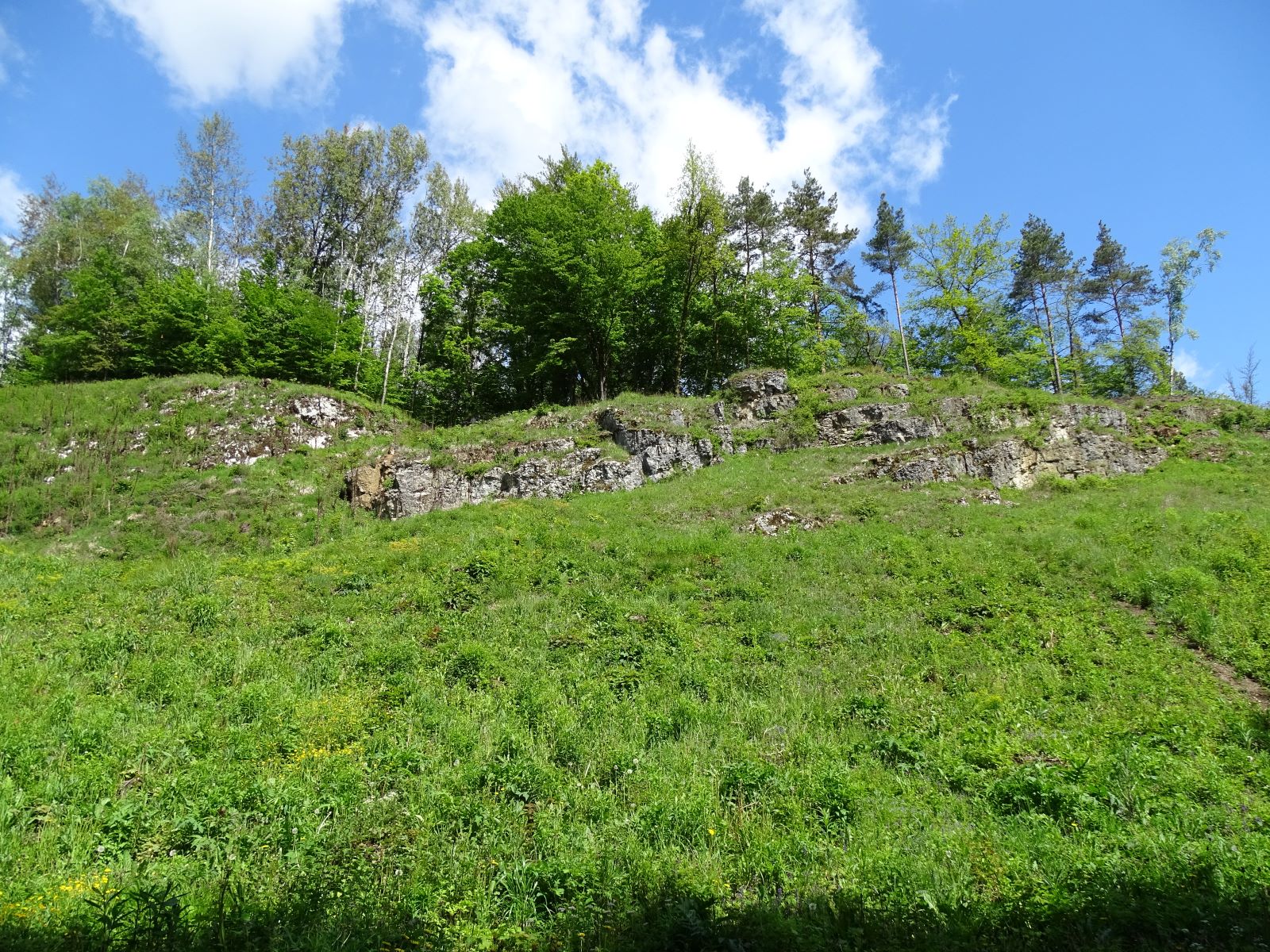The purpose of the article was to present the history, goals, past successes and further plans for the development of cooperation between the Ojcow National Park (OPN) and the PAN Botanical Garden - Center for the Preservation of Biological Diversity in Powsin (PAN OB CZRB).
OPN is the smallest of Poland's national parks, covering just 21.46 km2, thus inferior in area to some reserves, such as the Milice Ponds of Lower Silesia, which occupy 5298.15 hectares. Flora and mycobiota are important elements of OPN's biodiversity. The presence of more than: 950 species of vascular plants, 300 species of bryophytes, 1200 species of macrofungi and almost 200 species of lichens. Some of the organisms observed there are relicts of the previous years 1960-1996. Almost 60 species of light-loving vascular plants, typical of open and semi-open habitats, have become extinct in the Ojcow National Park. Among them, French rose, small-flowered and male orchids, thyme blight and redbud disappeared. The flora of meadows and wetlands also suffered painful losses. From OPN have receded not only sopophytes very rare throughout Central Europe, such as horsetail, but even species common in other parts of Poland such as Molinia modra.
Much of the work on restoring degraded xerothermic or ephemeral grasslands has shown that the seeds of most plant species, including a host of endemics and relicts, barely live up to five years in either the soil or the veld of grasses. It would be even less likely to obtain any viable seeds from old herbarium sheets. In artificial seed banks, as in the Powsin Garden, they can theoretically be stored for hundreds of years without measurable loss of viability. Hence, the possibilities of using a soil seed bank and old herbariums are negligible, while the prospects of tapping into the gene resources of artificial gene banks are very promising.
Therefore, for the restoration and further active protection of grasslands, one should either use the vicinity of better-preserved grasslands with rich flora as a source of seeds, or reach for specimens maintained in botanical gardens, and it is probably best to use both methods simultaneously. PAS OB CZRB has been working closely with many of Poland's national parks for at least 25 years, especially the Kampinos, Karkonosze, Tatra and Pieniny National Parks.
The PAS OB - CZRB in Powsin has been successfully cultivating at least 13 priority species for the OPN for 20 years, including the soft-flowered cornflower, the chatelaine aster, the large-flowered anemone or the Pannonian warbler. A new chapter in the long history of the OPN's plant cover restoration was opened by the OPN's OPI project titled "FlorIntegral - integrated conservation andn situ i ex situ Rare, endangered and priority species of flora in Poland" No. POIS.02.04.00-00-0006/17. One of the most important goals of the "FlorIntegral" project was the artificial strengthening of the paternal population of the large-flowered anemone and the restoration of the Siberian bellflower and early sedge.
The main and most general objective of the OPN's cooperation with the PAN OB CZRB remains the joint preservation of the diversity of selected plant species at all three levels: genes, individuals and whole ecosystems, in either natural or alternate sites in the OPN (protection of the in situ), while collecting seeds in the PAN OB CZRB cryobank (protection of the ex situ).
Given the advances in science and technology, the growing pressures of mass tourism, climate change and the expansion of geographically alien invasive species, it is worth setting new specific goals for cooperation. In the future, it is worth addressing, among other things:
- active protection of vascular plants with generative diaspores (seeds or spores) of the recalcitrant type, i.e. badly tolerant of drying, which makes it difficult to store them under controlled conditions. Recalcitrant are the seeds of all orchids, germplasm, many forest-forming trees (beech, oak) and aquatic plants (water mushrooms, water lilies);
- Active protection of gene resources of selected birch and rose species,important for OPN, through cryopreservation of their sleeping buds, especially Shafer's birch, paternity birch and French rose;
- Active protection of gene resources of algae, fungi and slime molds, with a special focus on species important to OPN;
- estimating genetic diversity and studying the migration paths of selected species that are particularly valuable to the flora for OPN, such as the baneberry, using new tools of molecular genetics.

Publication
Kapler A. 2020. Collaboration between Ojców National Park and the Polish Academy of Sciences Botanical Garden - Center of the Preservation of Biological Diversity: methods, achievements, challenges of the future. Collaboration between Ojców National Park and the Polish Academy of Sciences Botanical Garden - Center of the Preservation of Biological Diversity: methods, achievements, challenges of the future. Prądnik. Proceedings of the Szafer Museum 30: 117-136.
post
post
2021-02-01 10:59:26


